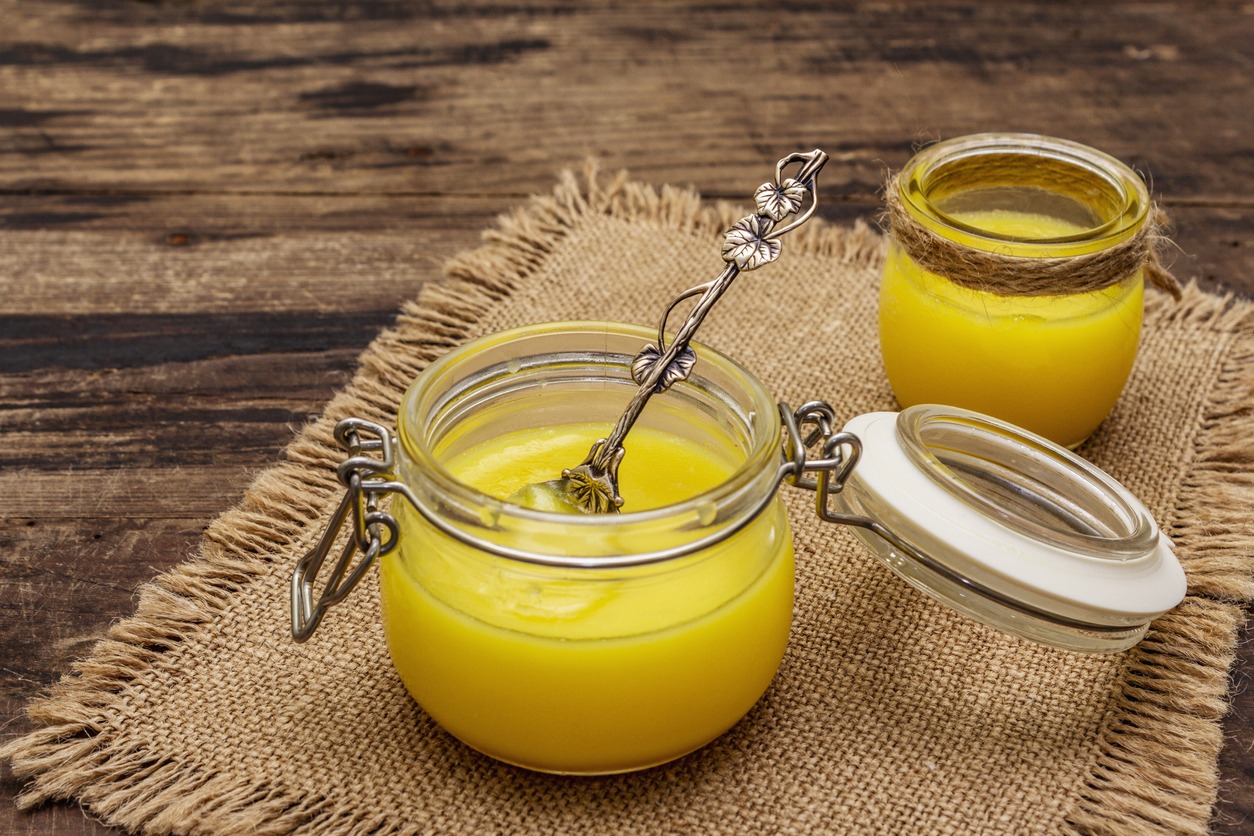Ghee holds deep cultural and culinary significance in India, making it an irreplaceable part of our diets and identity. Used since times immemorial, ghee is a form of clarified butter that can instantly elevate a dish, while also providing several health benefits.
With so many types of ghee being sold in the market, it has become imperative to become very vigilant and make an informed choice before making a purchase. While we all know that choosing organic and naturally sourced food is always a wise decision, there is a lot of information available online about common foods and ingredients (such as ghee) that can lead to confusion.

In a reel posted by fitness coach and content creator Deepak Thakran, he cautions his followers about many brands selling cheap malai (milk cream) ghee as opposed to the more expensive and authentic ghee made with dahi (curd). “Please ensure you purchase authentic ghee,” he wrote.
Akshita Reddy, nutritionist at Athreya Multi-Speciality Hospital, Bangalore argues that while both malai and dahi ghee are nutritious they are slightly different from each other. She states that the latter, however, might have a little more advantage compared to the former. In the end, the choice that one makes will ultimately depend on specific health goals and dietary needs.
Key differences between malai ghee and dahi ghee in terms of nutritional composition
Reddy says that both differ in terms of the nutritional value they can offer to the consumer:
Malai ghee: Derived from cream, this ghee is made by simmering butter obtained from cream and separating the liquid fats. It is rich in saturated fats and contains fat-soluble vitamins such as A, E, and D.
Dahi ghee: Produced from cultured yoghurt, this ghee involves fermenting cream into yogurt before churning it into butter and then simmering into ghee. It may have a slightly different nutrient profile, including potentially higher levels of conjugated linoleic acid (CLA) due to the fermentation process, which can offer certain health benefits.
Impact of production process on nutritional value
The fermentation process involved in making dahi ghee could potentially introduce beneficial bacteria and possibly higher CLA levels, Reddy says, which is known for its anti-inflammatory properties and might aid in weight management.
While malai ghee is rich in saturated fats, it might not have the same level of CLA due to the lack of fermentation. However, that does not mean that it does not provide any benefits. Reddy informs that its rich content in fat-soluble vitamins is significant for bone health, immune function, and vision.
Potential health benefits of dahi ghee over malai ghee
Even though both types of ghee are beneficial in their own ways, Reddy says that dahi ghee might offer a slight edge. However, she reiterates that both “can be part of a balanced diet when used in moderation.” Some potential benefits of consuming dahi ghee over malai ghee are:
- Both types of ghee contain saturated fats, which can influence cholesterol levels. However, moderate consumption of ghee, particularly dahi ghee with potentially higher CLA, might not significantly impact or might even improve cholesterol profiles by increasing HDL (good) cholesterol.
- Dahi ghee’s fermentation process might make it slightly better in terms of digestive health, contributing beneficial bacteria that are good for gut health.
- The potential higher CLA content in dahi ghee could also make it a preferable choice for anti-inflammatory benefits and in managing weight.
For more details check – https://shorturl.at/uEOQ5
